Powerball is a multi-state lottery game where you pick numbers for a chance at large jackpots and smaller cash prizes. A standard play costs $2, and drawings happen three nights a week.
This guide walks you through every step: making sure you’re eligible, buying a ticket, picking numbers, using add-ons like Power Play or Double Play, checking results, and claiming prizes responsibly.
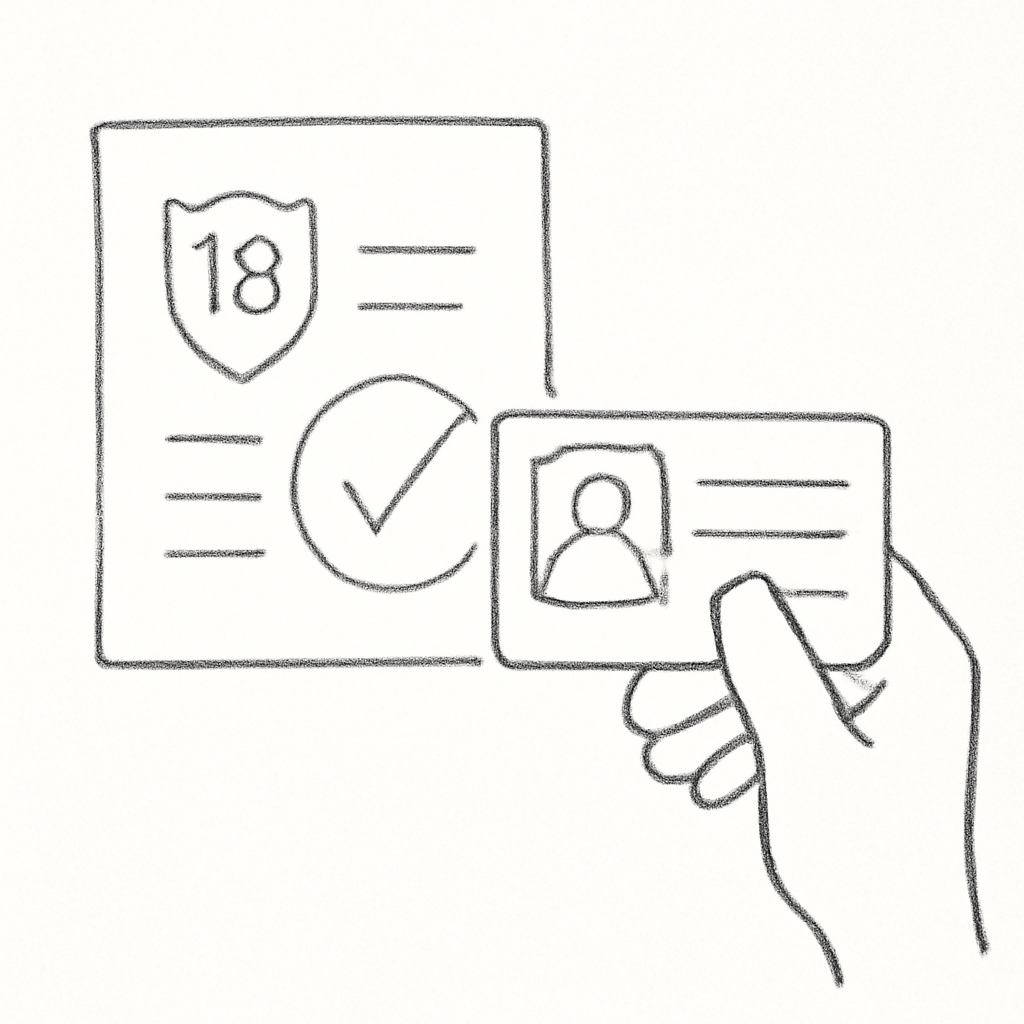
Step 1 — Confirm Eligibility and Where to Buy
Make sure you meet your state or jurisdiction’s rules before you play. You must be at least 18 in most places, and tickets are sold in 45 states, Washington, D.C., Puerto Rico, and the U.S. Virgin Islands. Visitors can buy while physically in a selling jurisdiction. Some states also offer online sales to their residents. You’re on track if you know which state’s rules apply to your ticket and whether online play is available where you live.
- Bring valid ID if asked at the counter.
- Plan to purchase and claim in the same state/jurisdiction.

Step 2 — Set a Simple Budget
Decide how much you’re comfortable spending before you walk up to the counter. A basic ticket is $2 per play, and optional add-ons (Power Play and, in some places, Double Play) are $1 each per play. Choose a firm limit for the day or week, and stick to it. You’re on track if you can say exactly how many plays you’ll buy and won’t chase losses.
- Pick a dollar amount you can easily afford.
- Decide in advance whether you’ll add Power Play or Double Play.
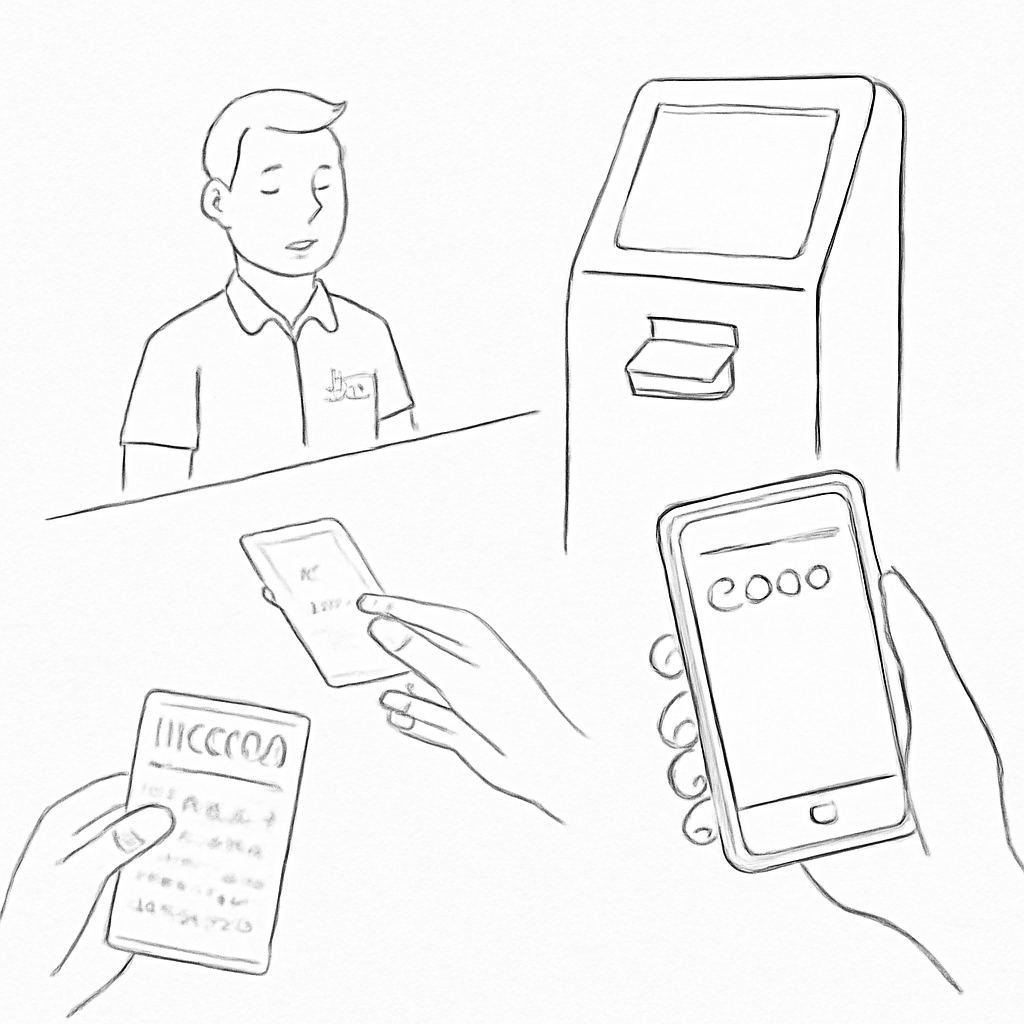
Step 3 — Choose Where and How to Buy
Buy at a lottery retailer, a self-service terminal, or online where allowed. Sales typically stop 1–2 hours before the draw (often around 9:59 p.m. local time in many states), then resume after the drawing. Ask the clerk for a Powerball playslip, or request a Quick Pick if you want random numbers. Tickets are generally final once printed, so verify your choices before paying. You’re on track if you know your state’s cutoff time and can review your ticket on the spot.
- Keep your playslip until your ticket prints correctly.
- If buying online, double-check your account details and draw date.
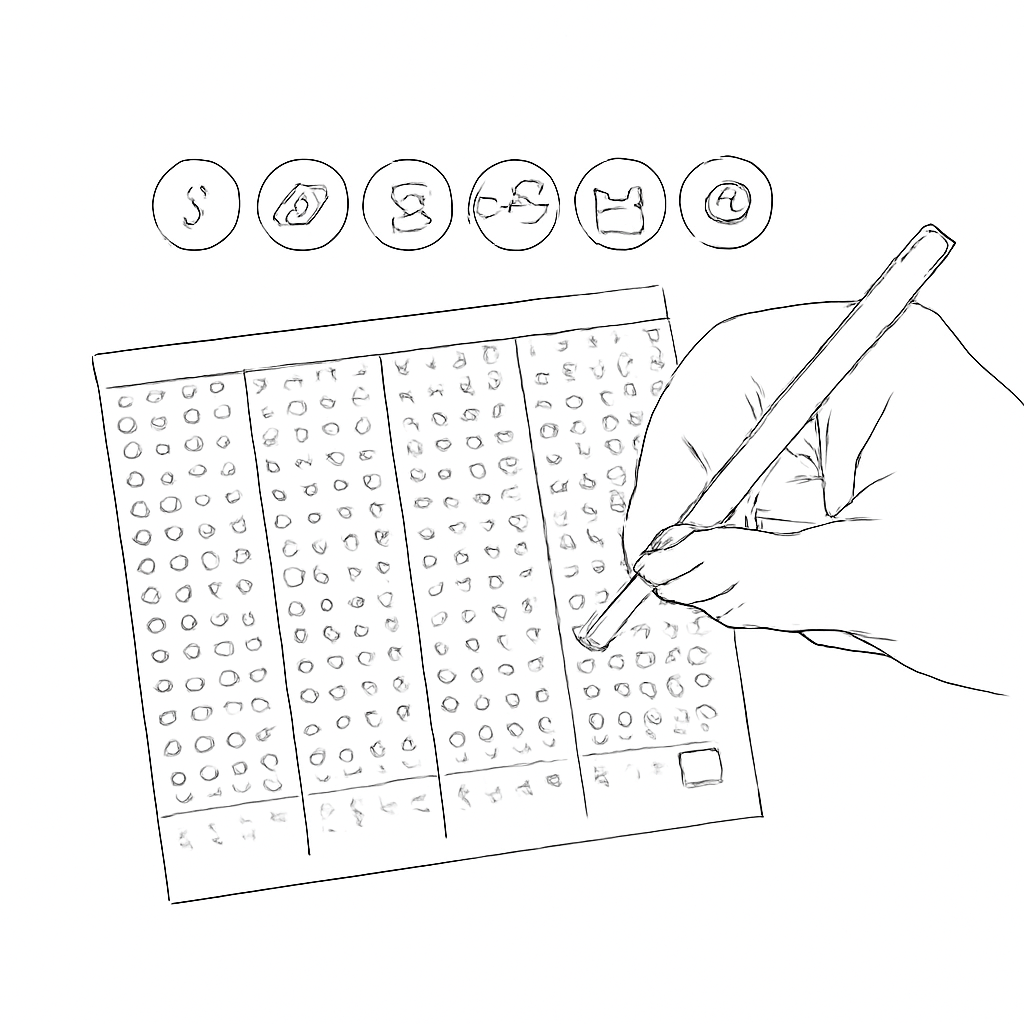
Step 4 — Pick Your Numbers
Select five numbers from 1–69 for the white balls and one number from 1–26 for the red Powerball. Use the playslip to mark your choices, or choose Quick Pick to have the terminal select them for you. Fill the slip clearly in blue/black ink or pencil so the scanner can read it; avoid red ink. You’re on track if you’ve chosen exactly six numbers per play (5 white + 1 red) and the panel looks clean and readable.
- Recheck each panel before handing it over.
- Mark the “QP” box if you want random picks.
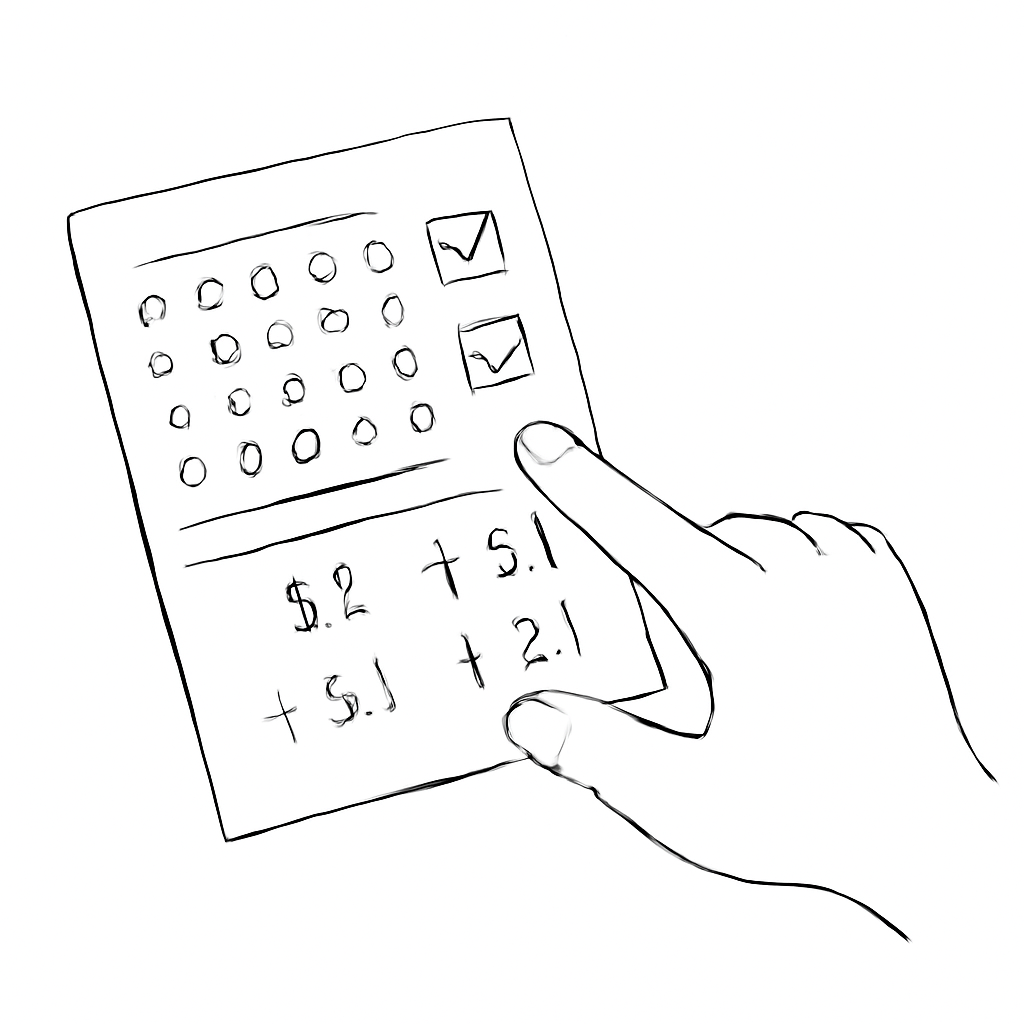
Step 5 — Decide on Power Play and/or Double Play
Consider adding Power Play for $1 per play to multiply non-jackpot prizes by 2x–10x (the 10x multiplier is only offered when the advertised jackpot is $150 million or less). If you match 5 white balls with Power Play, your $1 million prize becomes $2 million. Where offered, Double Play is an extra $1 per play and gives your numbers a second chance to win in a separate drawing (with its own prize structure). You’re on track if you understand that add-ons increase cost but don’t affect the jackpot odds.
- Base play: $2; Power Play: +$1; Double Play (in some states): +$1.
- Power Play does not multiply the jackpot.
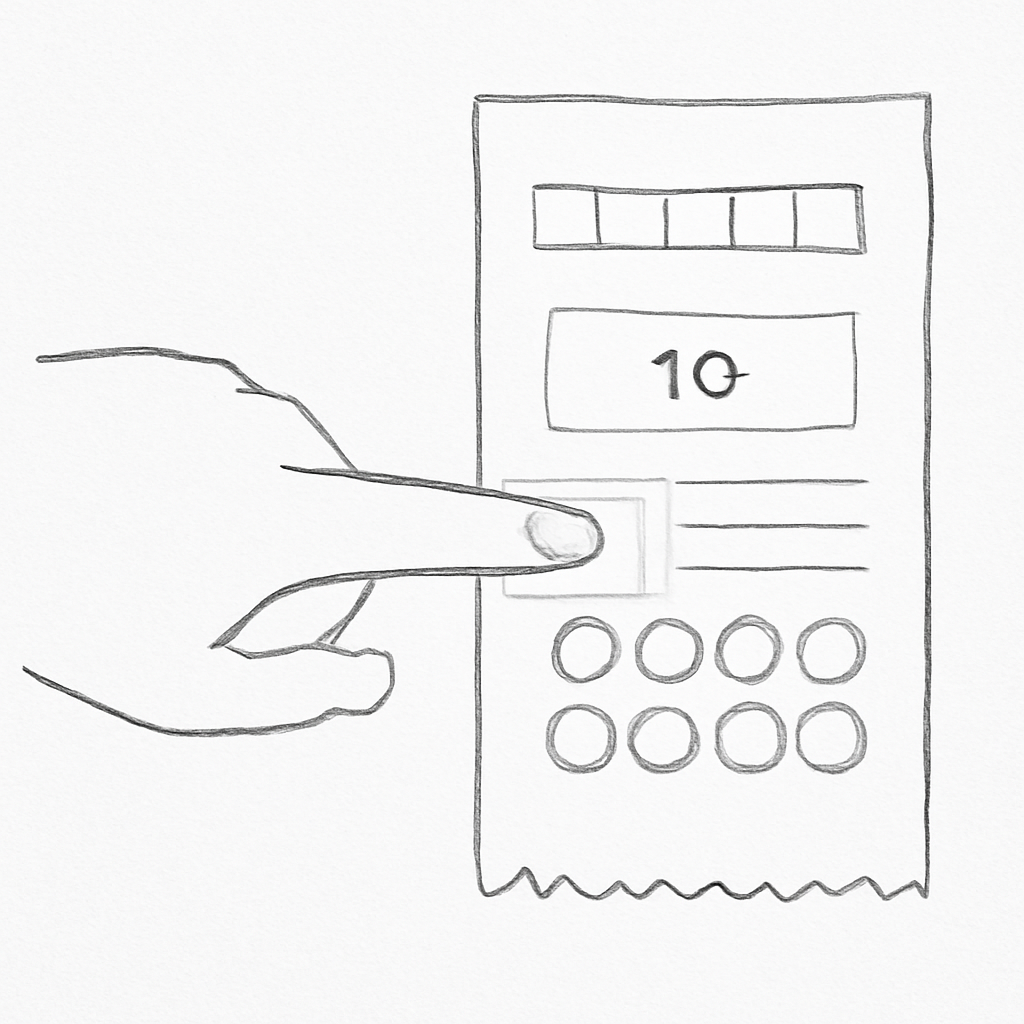
Step 6 — Choose How Many Drawings
Use the Multidraw option to play the same numbers for multiple future drawings. States vary, but you can often select 2–30 consecutive draws, and some offer subscriptions online. This helps you avoid missing a drawing and lets you stick to your budgeted plan. You’re on track if the number of draws on your ticket matches what you intended.
- Note the start date; consecutive draws begin with the next available one.
- Remember tickets are typically not cancelable once printed.
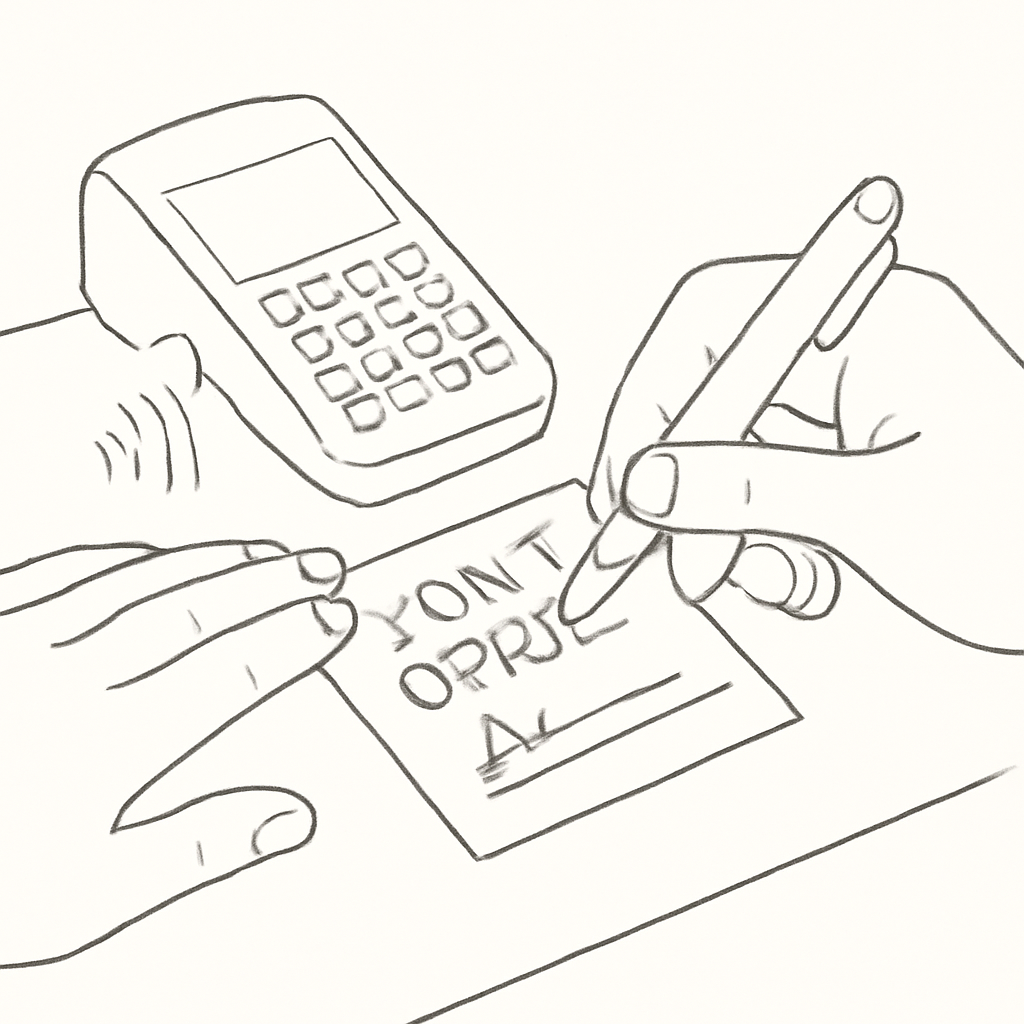
Step 7 — Pay, Verify, and Sign Your Ticket
Before you leave the counter, check that your numbers, add-ons, draw date(s), and cost are correct. Sign the back of your ticket right away—this helps establish ownership. Store it somewhere safe and dry; a quick photo is useful as a record, but keep the original ticket secure. You’re on track if the information is legible and you’ve signed your ticket immediately.
- Keep the ticket flat; avoid heat and moisture.
- Don’t share a clear photo of the barcode online.
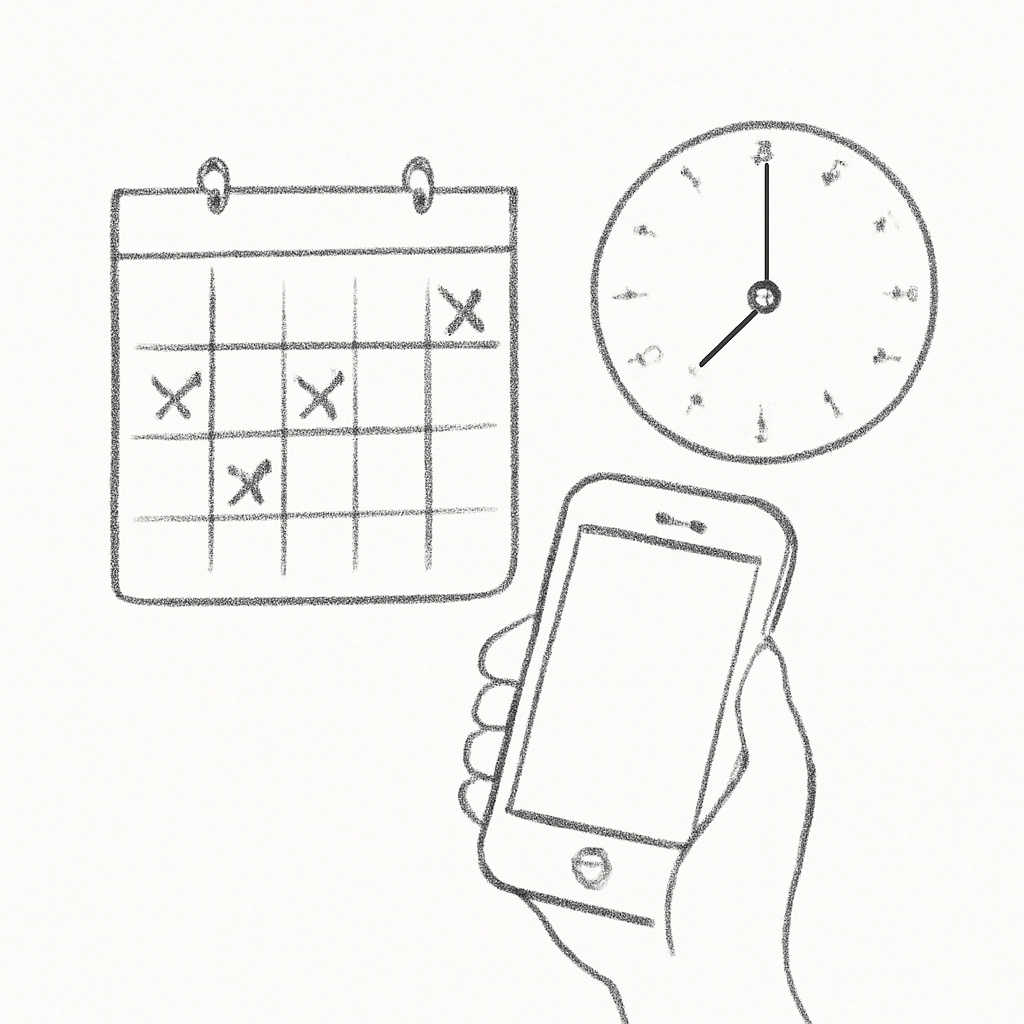
Step 8 — Know the Draw Schedule and Cutoffs
Powerball drawings occur Monday, Wednesday, and Saturday at 10:59 p.m. Eastern Time. Sales close earlier—typically 1–2 hours before the draw—so plan accordingly. If you like, set a reminder to watch the drawing or check results shortly after. You’re on track if you know your local cutoff and when to expect official results.
- Time-zone tip: convert 10:59 p.m. ET to your local time.

Step 9 — Check Your Numbers Safely
Compare your ticket to the official winning numbers after the draw. Use your state lottery app or website, an official numbers checker, or have a retailer scan your ticket. If you added Power Play, look up the multiplier drawn for that night; if you added Double Play (where available), check those separate results too. You’re on track if you can confirm your results from an official source and understand how any multiplier affects your prize.
- Overall odds of winning any prize are about 1 in 24.87.
- Match 5 + Power Play is always $2,000,000 (not multiplied beyond 2x).

Step 10 — Claim Prizes and Plan Big Wins
Small prizes can typically be claimed at retailers; larger amounts are claimed at lottery offices or headquarters, and you must claim in the state where the ticket was purchased. Deadlines vary by state (often 90 days to one year). If you win the jackpot, you’ll choose between an annuity (paid over 29 years/30 payments) or a one-time cash option; taxes apply to both. Consider speaking with a financial planner and attorney before making public announcements. You’re on track if you know where to claim, have your signed ticket and ID, and understand your payout options.
- Check state-specific claim rules and identification requirements.
- Anonymity rules differ by state; ask before you claim.
Tips
- If you don’t care which numbers you play, Quick Pick is fast and avoids marking mistakes.
- Set a calendar reminder for draw nights or sign up for official email/text alerts where available.
- Keep a simple play log (date, numbers, add-ons, store) so you can track spending and wins.
- Playing with friends? Put your pool rules in writing, list everyone’s share, and copy the tickets for all members.
- Store tickets in the same safe place every time to avoid misplacing them.
Warnings
- Only buy from authorized retailers or your official state lottery site/app; never pay a fee to “claim” a prize.
- Scammers may contact you on social media, phone, or email—official lotteries don’t notify random winners that way.
- Tickets are usually final once printed; check your playslip before paying.
- Gambling can be addictive. If you need help, contact your state’s helpline (for many states, call 1-800-GAMBLER).
- Taxes and public disclosure rules vary by state; get advice before claiming large prizes.
With a clear plan and a signed, safely stored ticket, you can enjoy Powerball responsibly. Have fun, know the rules, and check results from official sources.

